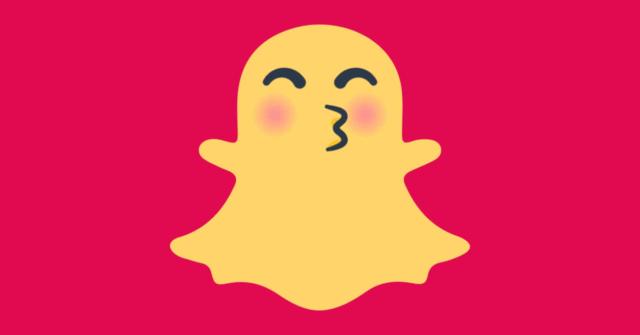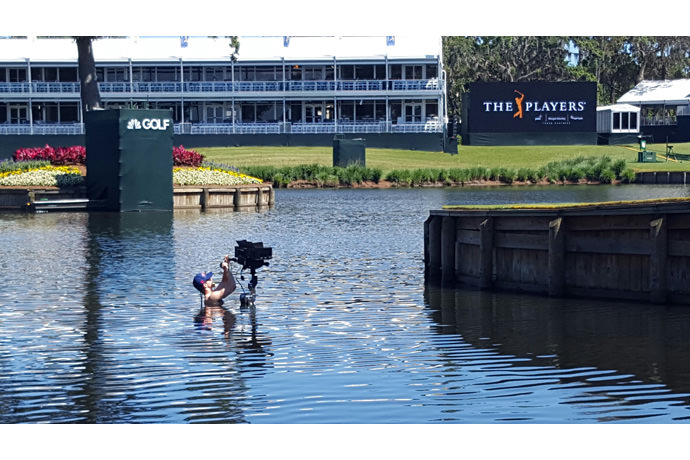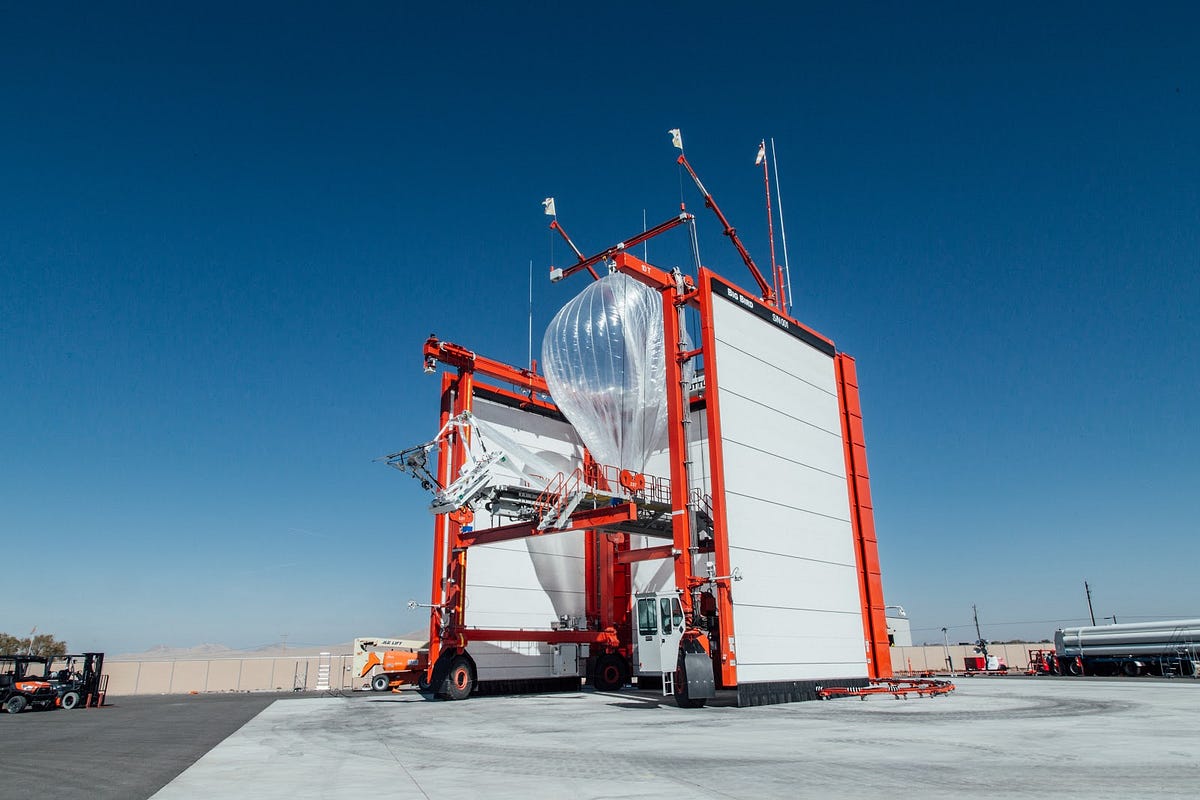Snap has simmered ever since its intensely anticipated initial public offering earlier this year.
Facebook and Instagram have started rival functions and features, bringing Snap’s user growth and value proposition increasingly into question. If imitation is the greatest form of flattery, then the camera company should be thrilled. But how does Snap intend to stay ahead of the mounting curve and quell concerns from Wall Street and marketers alike?
For starters, they’re continuing to create unique user experiences and engagement opportunities, which in turn opens new doors to work with advertisers before the competition can. Since Snap unveiled its Maps feature in late June, it’s reportedly enjoyed a 40 percent rise in Stories posts, somewhat stalling Instagram’s onslaught of new user share.
Earlier this month, eMarketer predicted that the platform’s global revenues will only reach $774.1 million this year, down from their March prediction of $900 million. Also contributing to Snap’s declined growth is the slow adoption of Spectacles.
Telling figures that were released from Snap’s Q2 earnings report in August include generating $181.7 million in revenue (compared to the $189 million that was expected) and flaunting more than 173 million daily active users worldwide, two million less than what was originally projected. The public company, however, added four million more daily users in North America and indicated that the average daily user creates more than 20 messages per day.
To get a better understanding of the happenings at Snap and what marketers need to know, AListDaily sat down for an interview with Marni Schapiro, director of sales at Snap.
What kind of conversations are you having with brand marketers amid all the reports? How are you advising them to leverage Snap as a platform?
Brands should know that there’s a highly unduplicated, extremely engaged young audience on Snap that is 13-to-34 years old. People under the age of 25 use Snapchat for 40 minutes on average every day. You won’t find these users in the places you used to find them. You should be engaging them in the way that they talk, in the way that they are with their friends and with their families on Snap. Just be a part of that conversation. It’s not about tricking them into thinking you’re something else. It’s really about engaging with them in a fun way. That’s it.
If you’re not working with us, I would ask you why? What are you scared of? At this stage, if what you’ve been doing isn’t working, why wouldn’t you be looking at trying to do something new? This isn’t just about going out there and asking for your business—we prove value, but the model’s different.
I’m a mother of three. I’m not the demo, and I can’t live without it. I literally can’t live without Snap. My parents can’t live without it now. They engage with my children in a way that they were never able to before, and that’s a no-bullshit answer. Snap is a life-changing way to communicate. I will post a perfect photo of my kids on Instagram, and on Snap my mom is seeing my daughter have a meltdown. It’s my life.
Snap’s dancing hot dog from this past summer was somewhat of an AR star. What kind of an impact will Snap’s use of AR have on the future of marketing?
Oh my god—I think anything is going to be possible. AR is just the beginning. The hot dog was viewed over 1.5 billion times in the app. What is most important is to make it fun and accessible to everybody, and that’s what Snap is trying to do. We’re simply making AR fun and accessible to use. We’re learning as we go, too. I hope that I get to see a world one day where you can do anything that you want with AR, and make it easy, where your camera becomes a tool. That’s what Snap’s shooting toward doing.
Why is location-based marketing a strategy you’re leaning on?
We’re seeing brands really utilize and owning their locations. That means being able to deliver specific geofilters to customers whenever they walk into a store. What’s important for brands is to really be able to engage with their users after a customer has used something of theirs. You can then communicate in a different way.
Even though we say that consumers aren’t going to stores anymore, the fact of the matter is that a ton of people still do. A lot of brands are online-only companies. We work with big brands who have to really figure out how to keep driving in-store sales at the same time as online, website and apps.
I see that as an important yet scary thing for a brand—they have to figure out to not only rely on what used to drive consumers their stores. They have models that will prove it one way or another, so they have to really assess what’s been working, what’s not been working and be ready to change. They have to be ready to do something different in order to get their customers into their store, and be able to engage with them in a fun way.
This isn’t brain surgery. It’s ‘how do you want somebody to engage with your brand and have fun with it so that they buy from you?’
Do you believe legacy brands, whose core consumers sit outside of your main demo, hesitate to use Snap?
I have to be honest, I don’t see anyone scared to work with Snap at all. I think that it’s scary for a marketing director to say to a CMO, ‘Our print isn’t working’ or ‘TV isn’t working’ because a brand may have been doing it for so long. It’s very scary for a marketer to say, ‘What we’re doing isn’t working.’ You just have to test something new and see how it compares. That’s the way that marketers have to do it.
What’s a specific case study that you can point to?
Brands that do it the best are the ones that do everything that makes sense for the goal that they’re trying to accomplish. When a brand comes onto Snap, they really should know what they’re trying to accomplish for a campaign. If they don’t know what they’re trying to accomplish, then it’s really hard to track the success.
But what we see over and over again—Hollister is a great example—is when a brand utilizes multiple products in multiple ways. When they shoot content that’s specific for Snap, it’s usually a pretty good equation and that usually ends up to be successful.
Why did your union with Hollister and its VP of marketing Michael Scheiner turn out to be a good one?
Hollister is an amazing partner of ours because of the mutual trust that we’ve built together. It doesn’t happen overnight, and it’s something that we take seriously at Snap—that we earn our clients’ trust, and we earn the right to go in there with a big idea, and we earn the right to say ‘sorry if it doesn’t work.’
I hope that everyone feels that they can do the same thing with Snap, with Instagram—with anybody. We have to stop taking ourselves so seriously. Let’s prove our value, let’s have fun doing it and let’s build from there.
What are the holiday marketing trends you’re monitoring this year?
All of the ways that a user can express themselves, and ways that marketers can join in that ability. Is it AR? Is it filters? Is it content? With all of those things combined, I think this holiday you’re going to see more brands take more chances with their creative and content to have more fun.
What are your thoughts on the current state of the advertising and marketing industry?
I’ve worked in advertising for over 20 years ever since I graduated from the University of Georgia. I think that there’s this shift to accountability and creativity. I really believe that marketers need to take chances from a creative perspective and create by platform. They need to stop siloing their marketing plans.
When thinking about a reset and the future, it’s time to get creative and really think about the consumer versus your internal organization. Think about what your customer really wants to engage with, understand what they want and what turns them on versus a headline that you’ll be able to show your boss.
How do you see marketing changing at large over the next few years?
I think the conversation started a while ago with AdWords. All of a sudden media became accountable with more than just a gut feeling. What you have to be able to do is take the idea that we’ve put on performance marketing—like search, Facebook—and figure out how to have a human aspect to that.
There’s still a qualitative result, but everything should be accountable and tracked back to something you’re trying to accomplish. That also forces a brand to have very clear goals. Everyone has to be more accountable. At the end of the day, there’s an evolution occurring. We have to be ready to change, and can’t be scared doing so.
Fear has a lot to do with it—marketers and executives are scared that they’ll get fired, they’re scared that their brand will go out of business. So instead of making change, they’re just frozen, which is even worse.











